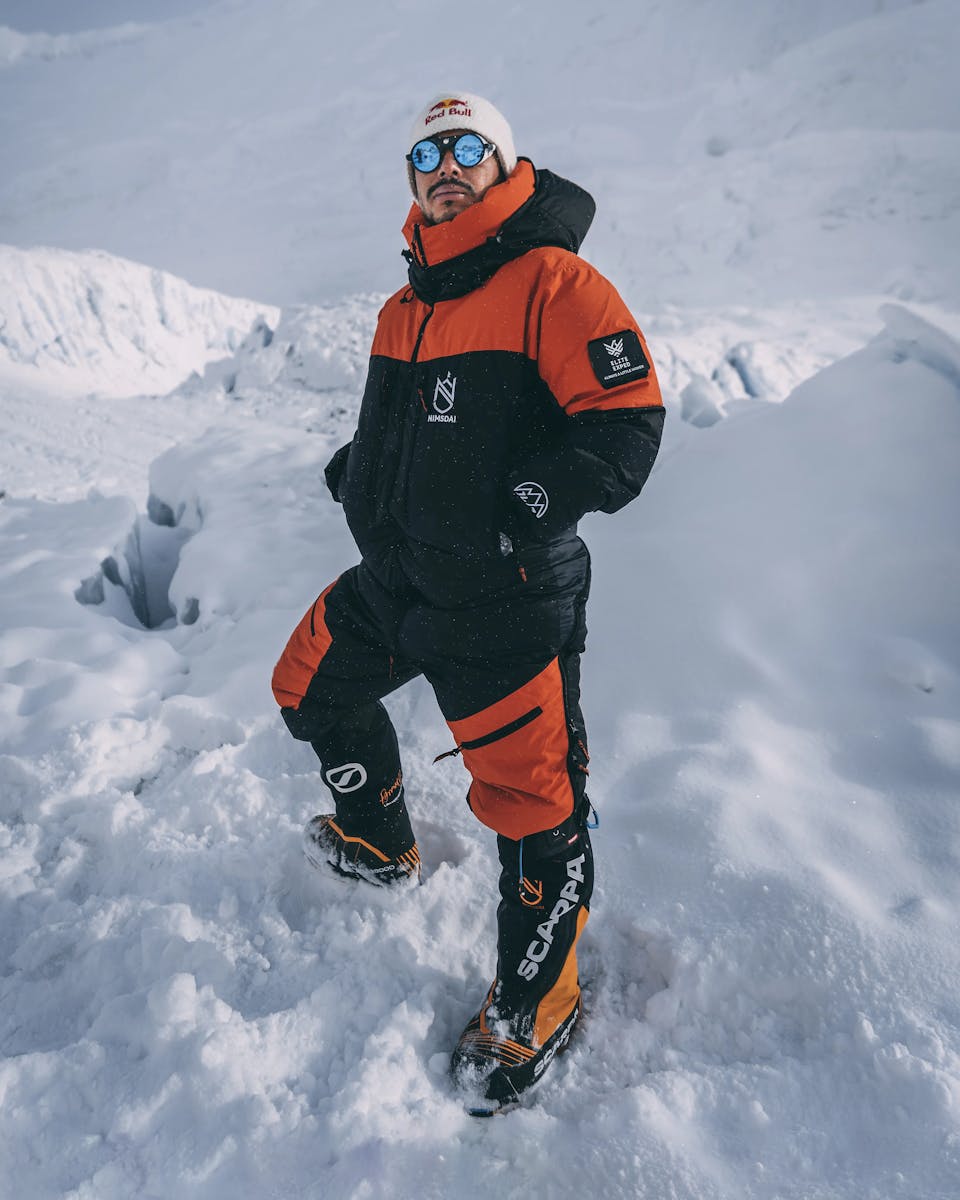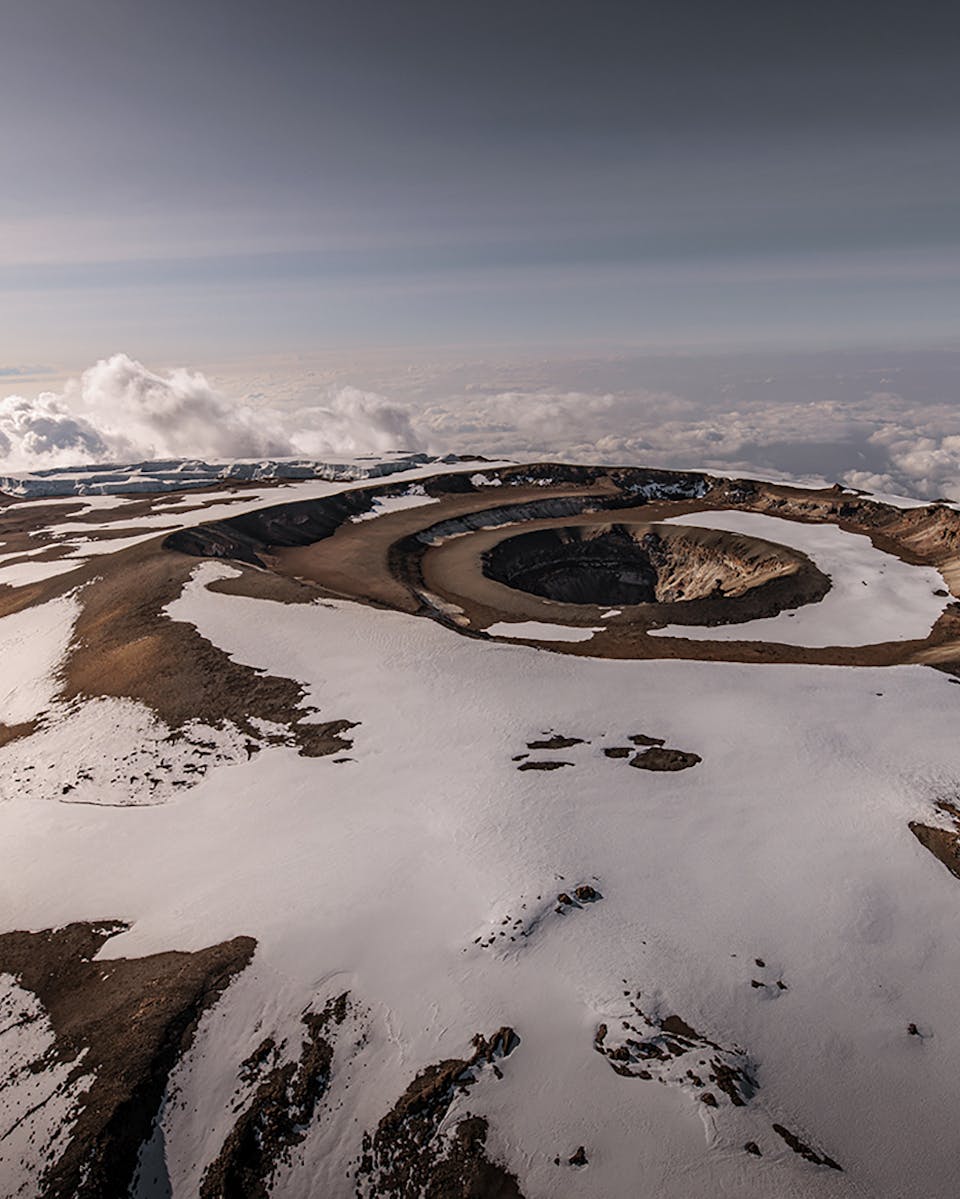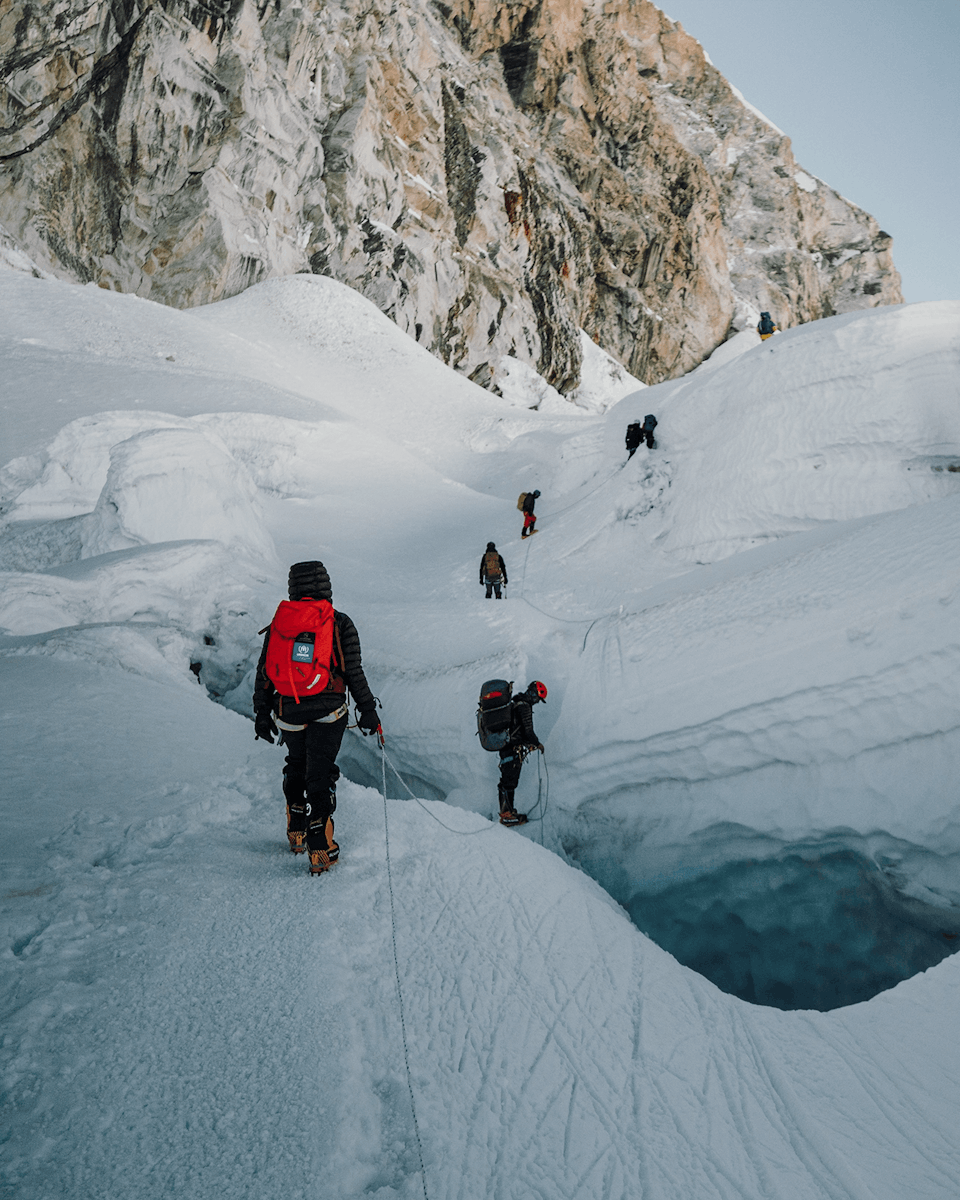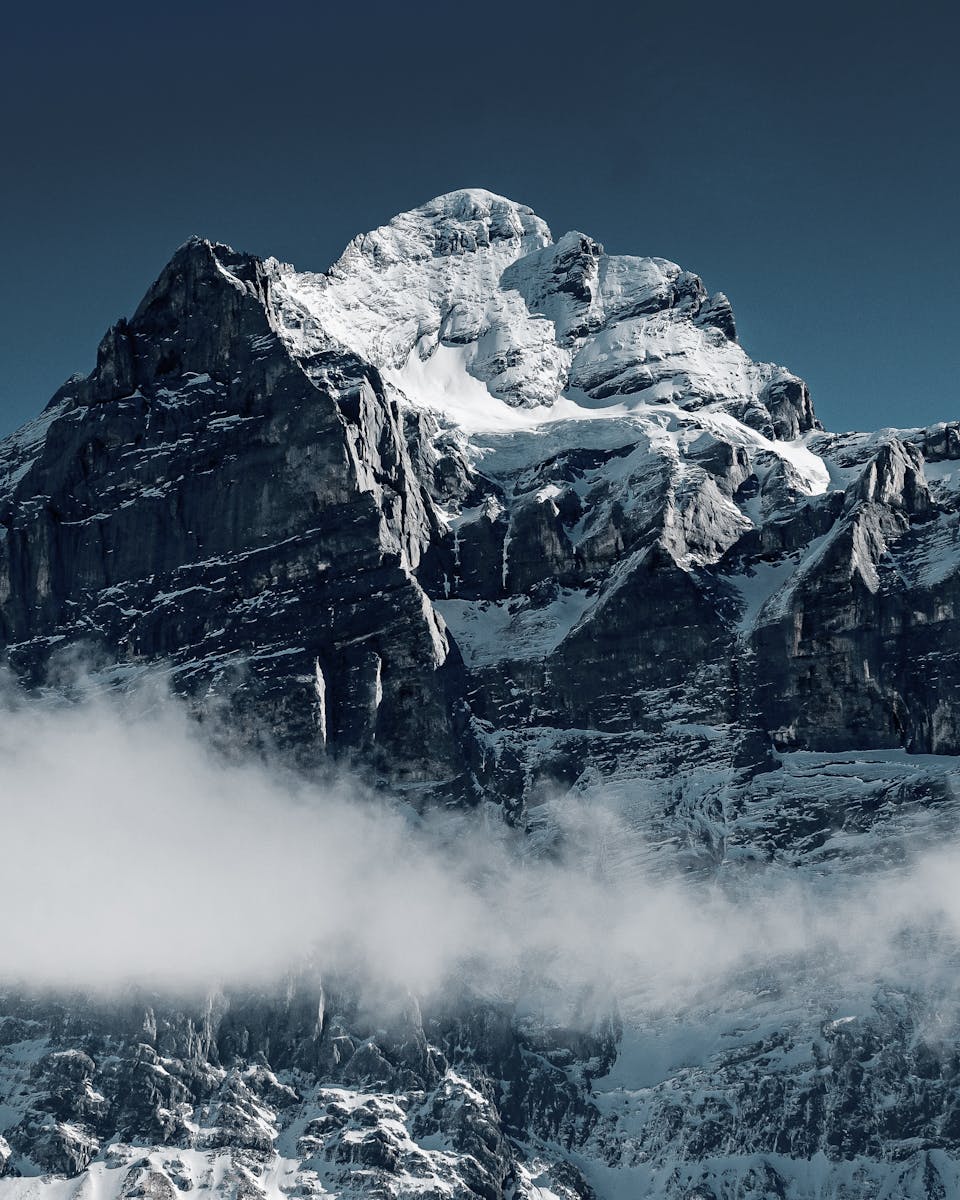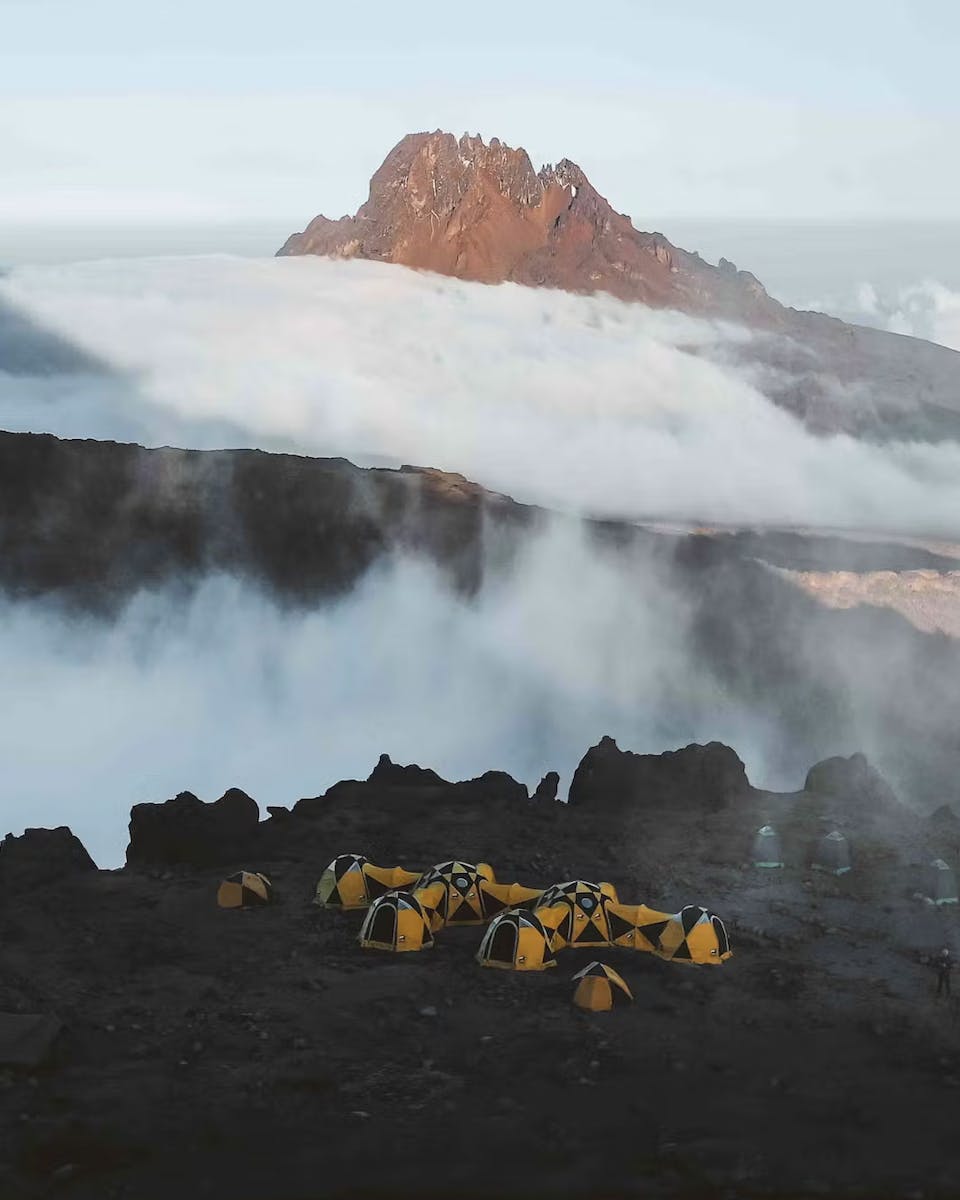Several factors affect your overall cost, from permits down to route and accommodation choices.
1. Guides, Porters, and Crew
Unlike other major peaks, climbing Kilimanjaro without a guide is not allowed. Every climber needs a licensed guide, and most trips also include porters and cooks to carry gear, set up camp, and prepare meals.
Ethical trekking companies follow Kilimanjaro Porters Assistance Project (KPAP) guidelines, ensuring fair wages and working conditions for staff. A responsible operator will include these wages in their pricing, but budget companies often pay their porters as little as $5 per day—something to consider when choosing a trek.
2. Route Choice and Duration
Kilimanjaro has multiple trekking routes, each with varying costs:
- • Marangu Route (5-6 days, ~$2,000-$3,000): The cheapest option, but with lower success rates due to its short acclimatisation period.
- • Machame Route (6-7 days, ~$2,500-$4,000): Popular for its scenic beauty and high success rate.
- • Rongai Route (6-7 days, ~$1,700-$2,500): Starting on the mountain’s northern side, this route is a quieter choice with a more gradual ascent.
- • Lemosho Route (7-9 days, ~$3,000-$5,000): More expensive but for good reason—it offers better acclimatisation.
- • Northern Circuit (8-9 days, $2,800-$3,500): The longest route, the Northern Circuit treks around the mountain, offering stunning views along the way and plenty of time for acclimatisation.
Longer routes generally cost more but also increase your chances of reaching the summit by allowing better acclimatisation.
3. Accommodation, Food, and Gear
Kilimanjaro climbs usually include full-board meals, camping gear, and tents. High-end operators provide more spacious tents and even dining tents, which can add to the cost.
If you don’t already own trekking gear, you’ll need to rent or buy items like insulated jackets, trekking poles, and sleeping bags beforehand, adding anywhere from $200 to $500 to the overall cost.

